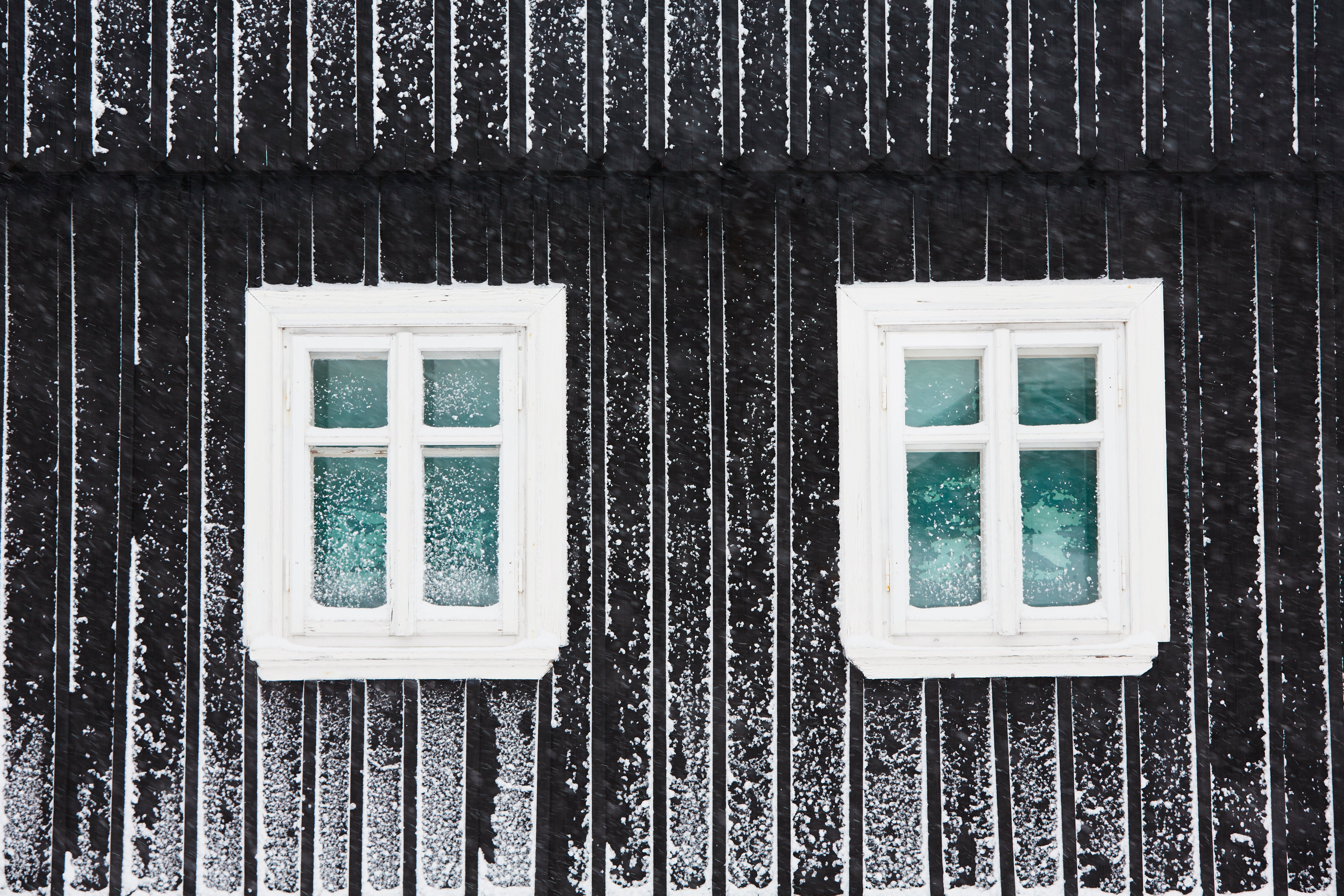A Brief History of the Texas Ice House

In the days before a refrigerator in every kitchen, a well-equipped kitchen had an icebox. An icebox was a large wooden box on legs that was divided into several compartments. One compartment held a huge block of solid ice that acted as the refrigerant to keep everything inside the icebox cool and fresh.
A Revolutionary Change in Food Storage
Even primitive iceboxes were a huge improvement over earlier methods of food preservation. When fresh food wasn't available, people lived on dried, salted, smoked, waxed, pickled, or canned foods. Freshly-killed game sometimes provided a meal of offal, with the remaining meat was preserved to keep it from spoiling. The only other reasonably fresh foods were vegetables and some fruits from the family root cellar. These were supplemented with milk, butter, and eggs - as long as the cow was fresh and the chickens were laying!
Before iceboxes, keeping food cold was often an overwhelming challenge. Techniques ranged from well or spring houses to earth-banked cellars. An icebox actually inside the kitchen was a huge, labor-saving convenience.
The Texas Ice House
Ice houses stored huge blocks of ice cut from frozen freshwater lakes or ponds. With the invention of railroads, these ice blocks were shipped from the northern lakes, as far south as the southernmost reaches of Texas.
Since a single block of ice didn't last long in the blazing Texas heat, neighborhood ice houses sprang up to fill the need for replacement ice blocks. These buildings stored massive quantities of ice packed in insulating sawdust or straw. The ready availability of all that ice made iceboxes ever more popular.
Of course, the number of ice houses increased right along with the number of iceboxes they served. They soon became a popular neighborhood gathering place, since the sheer volume of ice they contained kept the air around the building cooler than the surrounding area. They became the 'coolest' spot in the neighborhood to hang out, visit, and play games like checkers, dominoes, or horseshoes.
From the Historic West Through Today
Since they already had plenty of cold air, enterprising ice house proprietors loaded up with ice-cold beer and chilled watermelon. They offered these cooling refreshments to customers stopping by for ice, or just a visit. For the convenience of those enjoying the coolness, fresh milk, butter, eggs, bread, and other groceries soon followed. After all, every small town had an ice house to fulfill the needs of rural customers still using iceboxes. Someone needing a loaf of bread for lunch found it much more convenient to visit the neighborhood ice house than to drive to a grocery store in the nearest city.
As the need for ice blocks slowly shrank, ice house proprietors expanded their wares. Batteries, light bulbs, fishing tackle, and even bait joined the beer and bread. Thus was born the modern convenience store! In fact, the ubiquitous 7-Eleven chain traces its roots to Southland Ice, an ice manufacturing and distributing company in 1920s Texas.
Refrigeration has changed quite a bit since those early ice houses. Now, these iconic structures are filled with modern refrigeration instead of blocks of ice. The Texas ice house has retained many of its cultural traditions even while it has slowly evolved into its modern form. That evolution has resulted in a cross between convenience store, neighborhood bar, and an open-air gathering place. Many became community centers while others served a thirsty populace. "Icehouse" is now a colloquialism for an open-air bar in many parts of Texas. These "shared backyards" still serve an entire neighborhood, just as they did when all they served was ice.


.png?width=500&name=A%20Quick%20Look%20at%20the%20Smart%20Kitchen%20Trend%20(1).png)

